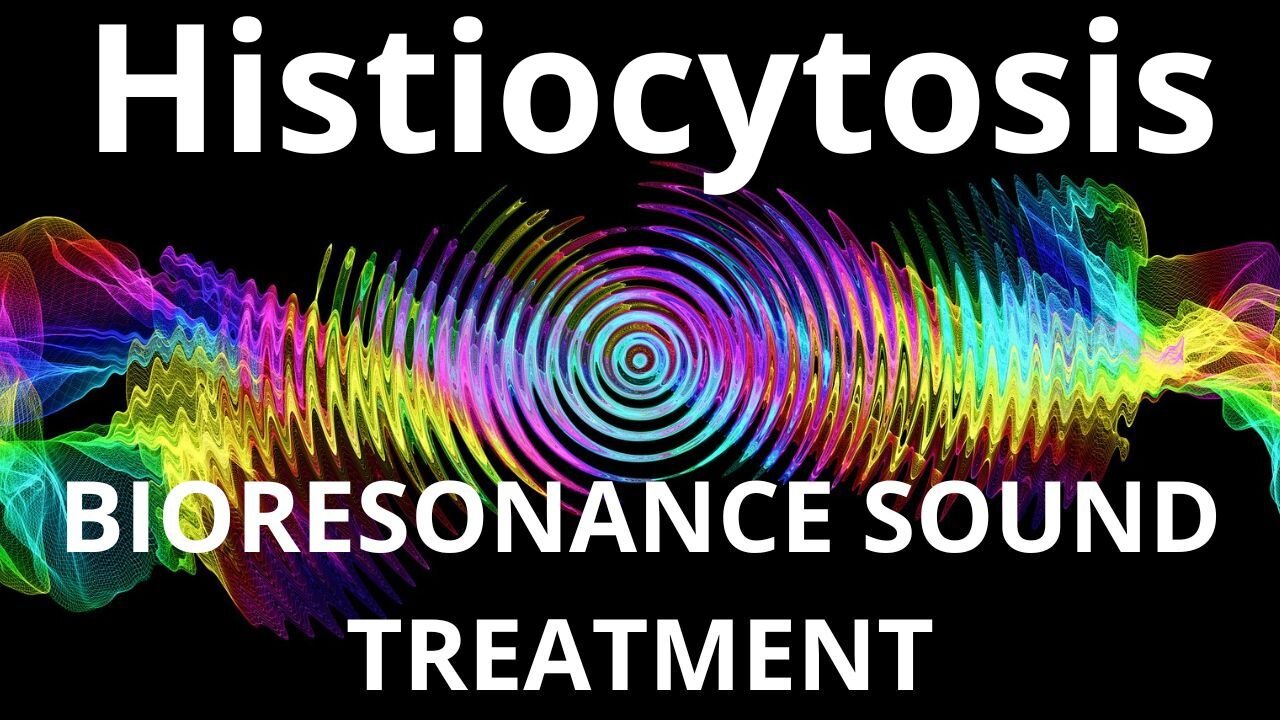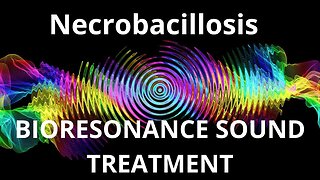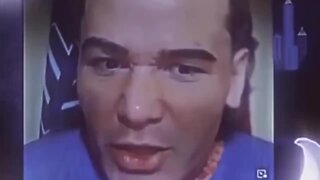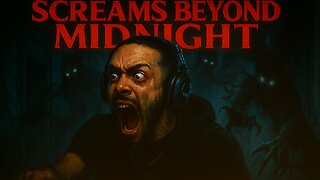Premium Only Content

Histiocytosis_Session of resonance therapy_BIORESONANCE SOUND THERAPY
Histiocytosis is a generic name for a group of syndromes characterized by an abnormal increase in the number of certain immune cells called histiocytes. These include monocytes, macrophages, and dendritic cells.
A histiocyte is a normal immune cell that is found in many parts of the body especially in the bone marrow, the blood stream, the skin, the liver, the lungs, the lymph glands and the spleen. In histiocytosis, the histiocytes move into tissues where they are not normally found and cause damage to those tissues. These proliferating immune cells may form tumors, which can affect various parts of the body.
LCH is often classified as single system, when the disease affects only one part of the body, or multisystem, when it affects more than one part of the body. In children, histiocytosis usually involves the bones and may consist of single or multiple sites. The skull is frequently affected. Children over five years of age usually have the single system disease, with just bone involvement. Young children, especially infants, are more likely to have the multisystem disease.
Most cases of histiocytosis affect children between the ages of one and 15 years, although people of all ages can develop LCH. The incidence peaks among children between 5 and 10 years old. Histiocytosis is thought to affect roughly one to two out of 200,000 people each year. The exact cause of histiocytosis is unknown. However, recent studies indicate that it is caused by the development and expansion of an abnormal Langerhans cell that subsequently leads to the accumulation of other cells of the immune system, resulting in collections or tumors in various areas of the body. Some forms are genetic.
Histiocytosis Symptoms
The first sign of histiocytosis is often a rash on the scalp, similar to cradle cap. There may be a pain in a bone, discharge from the ear, loss of appetite and fever. Sometimes the stomach is swollen and painful. Occasionally, an area of the brain known as the pituitary gland is affected, and this can lead to the child passing large amounts of urine and being very thirsty. Other potential signs and symptoms include: weight loss, jaundice, vomiting, limping, short stature, delayed puberty, mental deterioration, headache, dizziness, seizures, protruding eyeballs, and/or a generalized rash.
The tumors produce a "punched-out" appearance on bone X-rays. Sometimes, children experience spontaneous fractures as a result of these bone lesions. There is often systemic involvement as well, which may affect the whole body and cause rashes, lung problems, gum infiltration, lymph gland swelling, hormonal problems, enlargement of the spleen and liver, and anemia.
Music affects a person, it can calm and cheer up, sounds can heal. The therapeutic effect is due to the frequency fluctuations of various sounds that resonate with various organs of the body. Sounds have bioresonance compatibility with the vibrations of human internal organs, which is the basis of the positive effect of sound treatment. The sound vibrations of music trigger many mechanisms of higher nervous activity in the patient's subconscious and start the healing process.
Sound therapy does not replace medical treatment, but complements it, improves the positive dynamics of treatment and speeds up recovery.
TO ACHIEVE A POSITIVE RESULT, DAILY LISTENING TO VIDEOS IS REQUIRED.
I wish you health and prosperity!
You can purchase unique medicines in my store:
https://store11998180.company.site/
You have the opportunity to support the channel:
https://destream.net/live/RadSiarAl/donate
-
 29:59
29:59
BIORESONANCE SOUND THERAPY
7 days agoNecrobacillosis _ Sound therapy session _ Sounds of nature
66 -
 1:21:43
1:21:43
Jake Shields' Fight Back Podcast
9 hours agoJake Shields and Paul Miller!
34.2K69 -

TRAGIKxGHOST
1 hour agoTrying to get SCARED tonight! | Are You SCARED!? | Screams Beyond Midnight | Grab a Snack
1.88K -
 LIVE
LIVE
StuffCentral
2 hours agoI'm baaack (no you can't play with me.. unless you a healer)
70 watching -
 2:25:11
2:25:11
TheSaltyCracker
4 hours agoTrump Is Not Dead ReEEeStream 8-31-25
60.8K89 -
 LIVE
LIVE
THOUGHTCAST With Jeff D.
2 hours agoLabor Day Weekend FORTNITE With THOUGHTCAST Jeff & the squad
138 watching -
 3:44:05
3:44:05
Rallied
5 hours ago $0.26 earnedSolo Challenges All Day
34.7K1 -
 LIVE
LIVE
iCheapshot
5 hours ago $0.03 earnedCall of Duty: Black Ops Campaign
26 watching -
 4:39:16
4:39:16
Meisters of Madness
6 hours agoMadness in a Pod
5.18K1 -
 1:25:44
1:25:44
HELMETFIRE
2 hours ago🟢GAMING WITH FIRE EP9🟢
5.9K